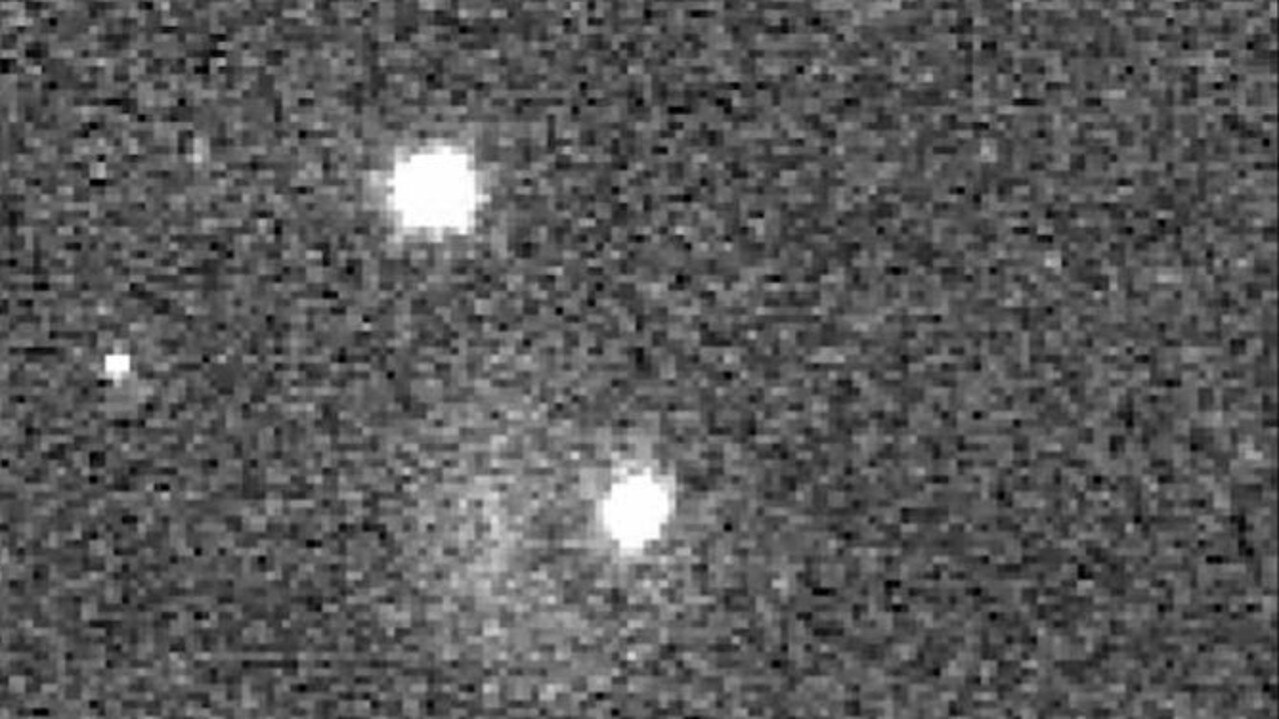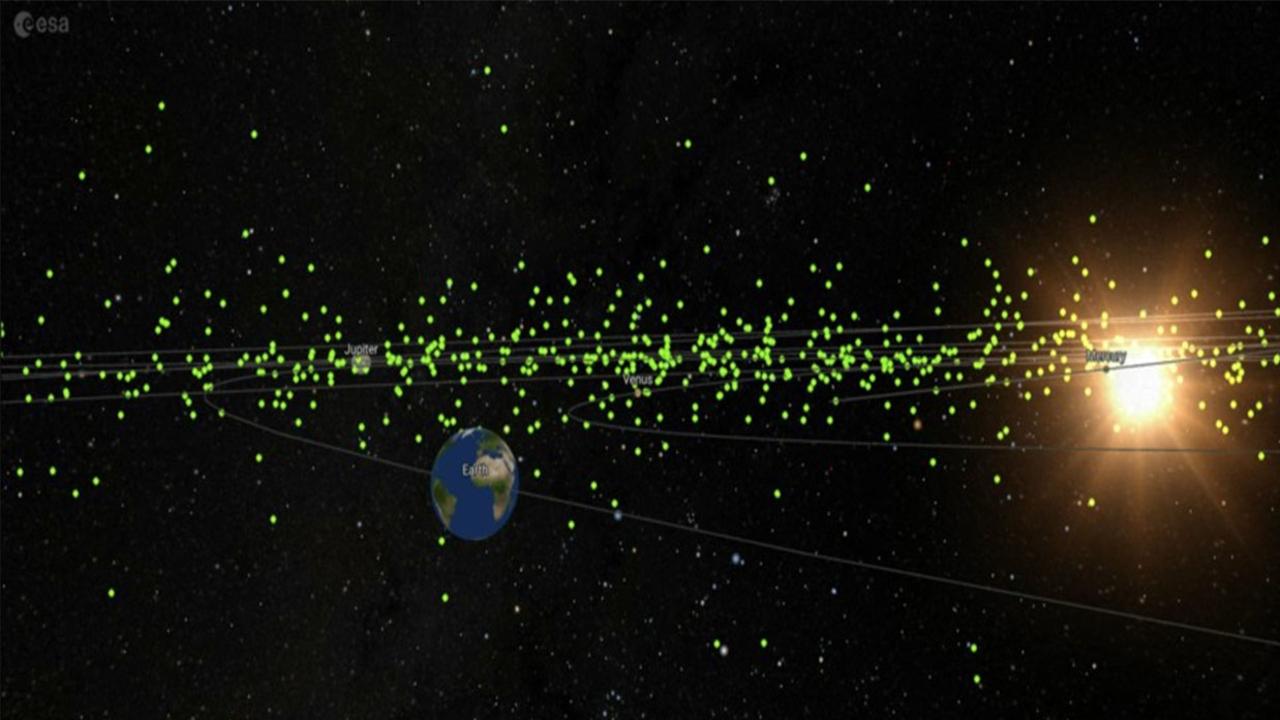‘Mystery’ asteroid set to pass Earth before Christmas
The European Space Agency is asking Australians to help it locate what it describes as a “mystery asteroid” approaching Earth tonight.
Avid space lovers are being told to look towards the sky this week in search of a mystery asteroid as it passes Earth.
The middle sized asteroid, known as 2015 RN35, poses no threat to Earth, and is expected to pass by at 686,000 km from December 15 to 17.
That’s just under two lunar distances, according to the European Space Agency.
The agency has called on Australians with telescopes 30cm or larger to help locate the asteroid as it passes by Earth.
Visibility is expected to be at its best in the southern hemisphere at 7.12pm on Thursday.

Not much is known about the asteroid, and with the help of space enthusiasts the agency is hoping to can learn more about it by launching an asteroid toolkit.
“Observers in the Southern hemisphere will get the best view during close approach, but Europe will get a chance over the following days until about 19 December,” the agency announced in a statement.
“2015 RN35 will not shine bright in the skies like the Star of Bethlehem did millennia ago.
“Smaller than the statue of liberty this asteroid is pretty little on astronomical scales.”
The agency states its hoping to get as much information as possible about the near-Earth asteroid in an effort to learn more about maintaining planetary defence.
“Near-Earth asteroids fascinate ESA’s Planetary Defence Office in particular because they give us key insights into the composition and trajectory of potentially hazardous objects,” the agency state.

“This asteroid isn’t well known.
“We don’t know what it’s made of or precisely how big it is or if it’s spinning on its axis or even know its orbit particularly well.
“This uncertainty makes it like hundreds of thousands of similarly sized asteroids out there.
“While we’ve found nearly all of the huge planet-killers, most of these middle-sized asteroids – of which there are several hundred thousand, and which could do great damage to a local area if they were to impact – are yet to be discovered.”
ESA’s asteroid toolkit has been created by the Agency’s Near-Earth Object Coordination Centre (NEOCC), based in Rome.
“We use these tools every day to plan our observations, to visualise asteroid close approaches and to help us understand and explain the varied asteroid populations in the Solar System and the risk we face,” NEOCC‘s information system manager, Juan-Luis Cano, said.
“We want them to be as useful to the rest of the world as they are to us, because Planetary Defence is a global effort.”

ESA’s Head of Planetary Defence Richard Moissl said the toolkit will allow users to visualise the Christmas asteroid’s orbit and its December 15 fly-by, including when it will be visible from different locations on Earth.
“This is the kind of work ESA’s NEOCC does every day, often with even dimmer asteroids using even larger telescopes, such as the European Southern Observatory’s Very Large Telescope (VLT) and others in the NEOCC’s network of rapid-access telescopes spread all over the globe,” Mr Moissl said.
“With these observations, we determine the motion of asteroids and project their path into the future, in order to know if – when – an asteroid could strike.
“As the recent DART impact showed, and as ESA’s Hera mission will expand on, with enough warning an asteroid impact is the only natural disaster we can prevent.”
To use the toolkit, or to learn more about asteroids, visit www.esa.int.



